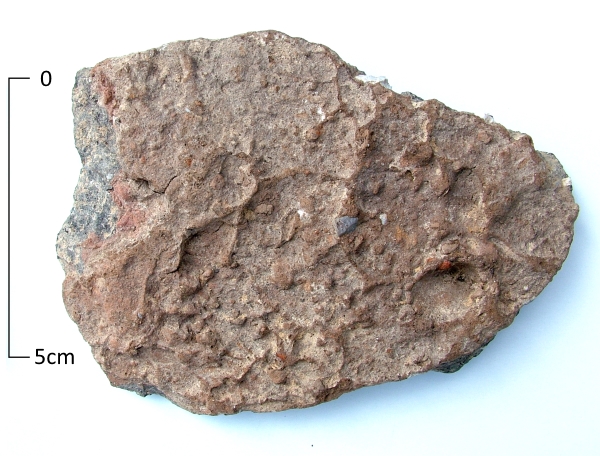
The bizarre effects of a surface treatment that as applied to some pottery in the Early Iron Age (600 – 400BC) are illustrated in todays VM_365 image of a sherd from the Iron Age settlement at South Dumpton Down, Broadstairs.
Additional clay was added to the surface of the pots while they were being made, which was wet enough for the potters hands to raise these irrregular lumps and bumps on the outside of the vessels. Sometimes broad wiping marks or and other visble signs of the potters hands can be detected in the surface pattern.
It is not known why this process was applied to certain vessels, but it is thought it may have made the vessels easier to grip if they were perhaps used in activities that would otherwise have made the surfaces slippery. A suite of vessels has been identified in east Kent which have had this ‘rustication’ effect applied to their surfaces, examples are also known from the continent.
The method of roughening the surfaces of the vessels was commonly used in the early Iron Age period but the technique may have lasted in the potters repertiore into the later Iron Age, although used less frequently and without producing the exaggerated roughening that is commonly found on the earlier vessels.